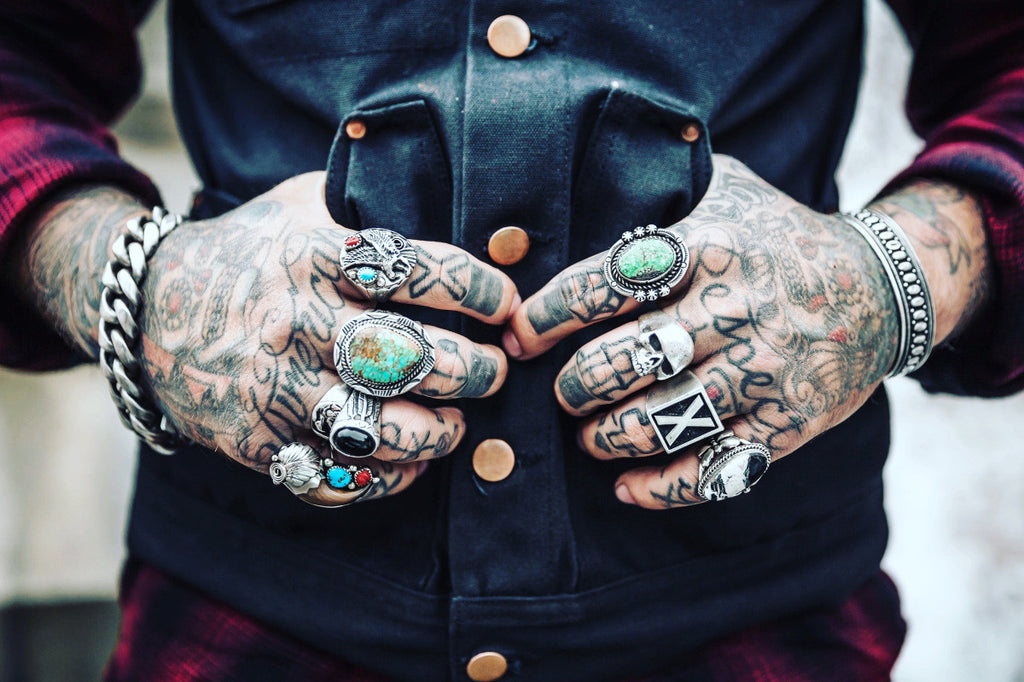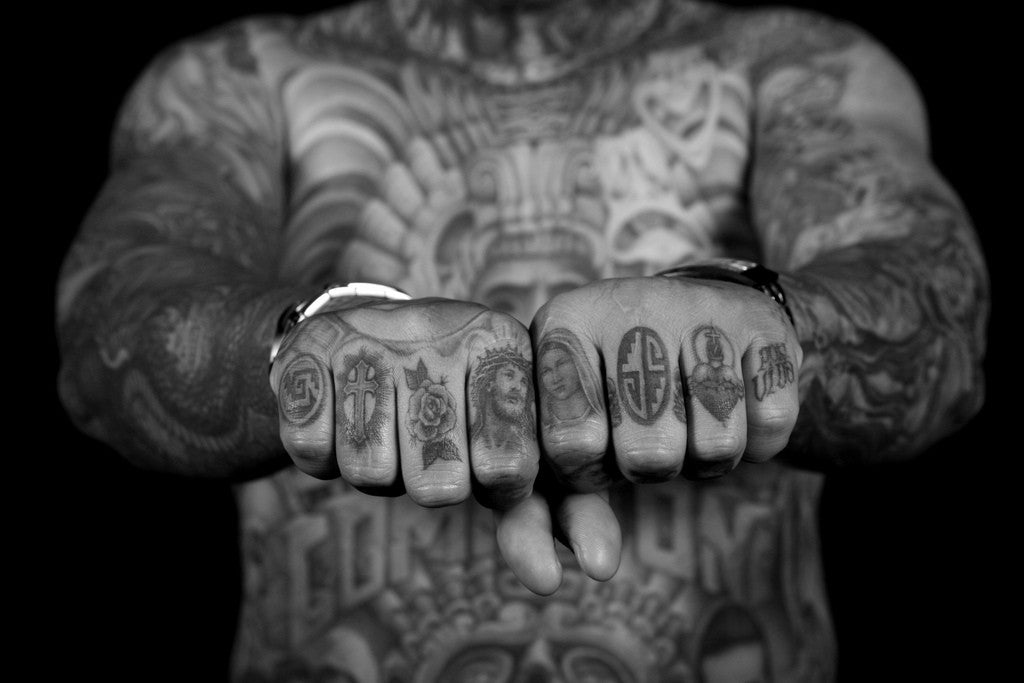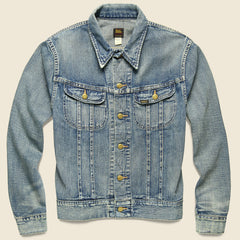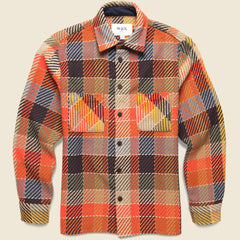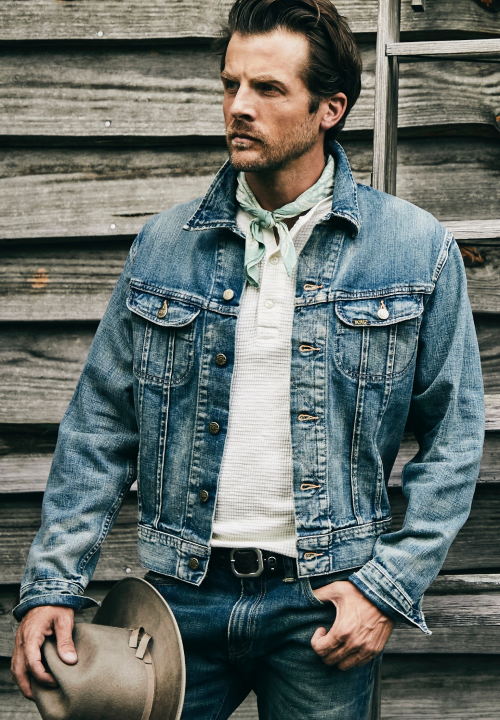It is generally believed that tattooing as we know it began in the late 18th century, when Captain Cook’s crew first encountered the subdermal application of ink among Polynesians in the South Seas. They quickly adopted the practice, and brought it back with them to Europe, where it caught on among other mariners, and—for that very reason—has long had an association with the nautical life. One tattoo that gained popularity early on was the knuckle tattoo, with the words HOLD and FAST applied to the right and left hands, respectively. This tattoo usually denoted service as a deckhand, and was intended as a symbol, possibly even a reminder, of the importance of tenacity when floundering on stormy seas.
The selfsame ports where sailors tended to congregate and receive their tattoos were also home to the illicit businesses that catered to their shore leave vices—saloons, brothels, and gambling parlors chief among them. Not surprisingly, the original sailor tattoos made famous in the first half of the 20th century by the likes of Norman Collins and Lyle Tuttle gradually became associated with criminal elements as well—knuckle tattoos included. The natural spacing of the fingers invited letters that could be combined to form a phrase or name when the hands were held together. From Robert Mitchum’s famous LOVE HATE tattoo in The Night of the Hunter, to the names of jilted lovers preferred by Russian convicts, the original HOLD FAST sailor meme was adopted and changed by those looking to send a bold and unmistakable message.
With the recent resurgence of heritage tattoos, and an ironic interest in the original knuckle tattoo practice, many ink enthusiasts have adopted this very old form of tattooing, albeit with a certain tongue-in-cheek playfulness. From the contemporary barbers whose fingers proclaim CUTS HAIR, to the modern-day cockneys whose fists say ELLO LOVE, the age-old art of knuckle tattooing is still very much alive and well in the 21st century.
